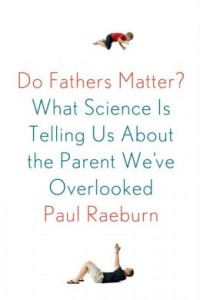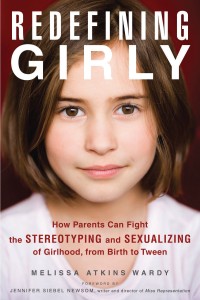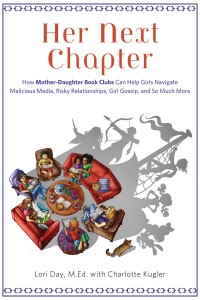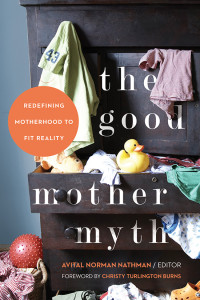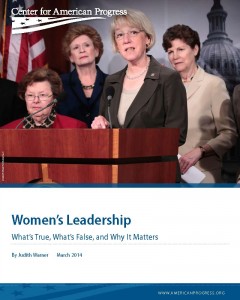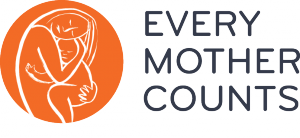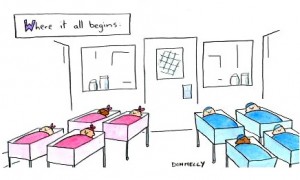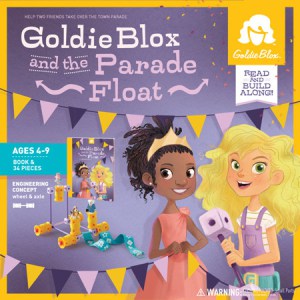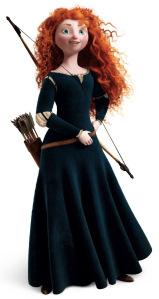A slew of interesting books “bridging feminist research and popular reality” (our tagline) are either just out or on the horizon, from Seal, Feminist Press, Demeter Press, and many more. Shoot me an email [deborahgirlwpen (at) gmail (dot) com] if you’d be interested in guest reviewing any of these–either individually or in a cluster–here on Girl w/Pen, with an eye toward the larger conversations, perspectives, and research they tap into:
Rebecca Hains’ The Princess Problem: Guiding Our Girls through the Princess-Obsessed Years
Stacey Radin’s Brave Girls: Raising Young Women with Passion and Purpose to Become Powerful Leaders
Jessica Valenti’s Full Frontal Feminism, Second Edition
Babygate: How to Survive Pregnancy and Parenting in the Workplace by Dina Bakst, Phoebe Taubman, Elizabeth Gedmark
Sarah Granger’s The Digital Mystique
Melanie Klein and Anna Guest-Jelly’s anthology, Yoga + Body Image: 25 Personal Stories About Beauty, Bravery & Loving Your Body
Queering Motherhood: Narrative and Theoretical Perspectives edited by Margaret F. Gibson
Reconceiving Motherhood by Patricia Hill Collins
Feminist Parenting From Theory to Life Lived edited by Lyndsay Kirkham
Intensive Mothering: The Cultural Contradictions Of Modern Motherhood edited by Linda Ennis.
And of course if there’s a book you’d like to review that’s not on the list, please inquire within.
Yours in bridging,
Deborah



